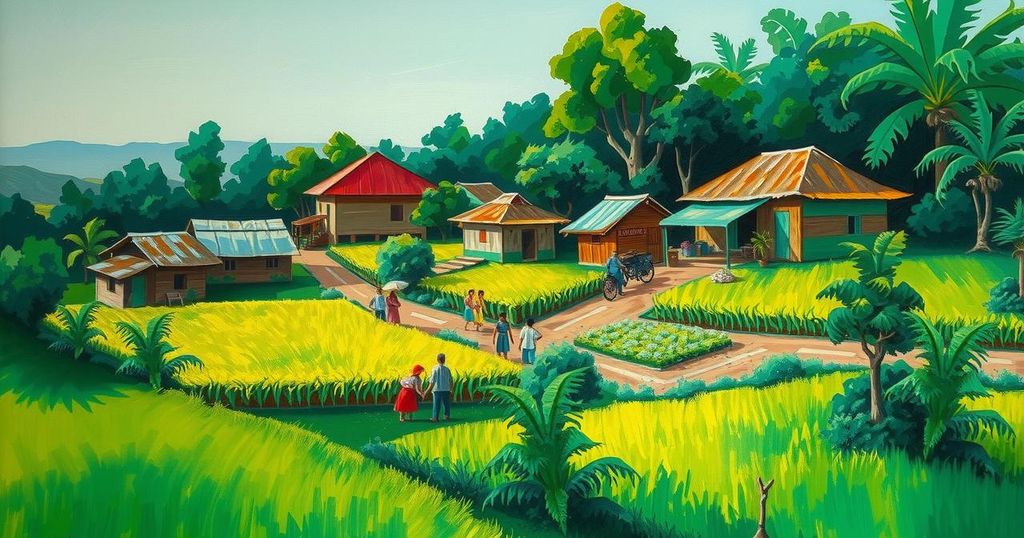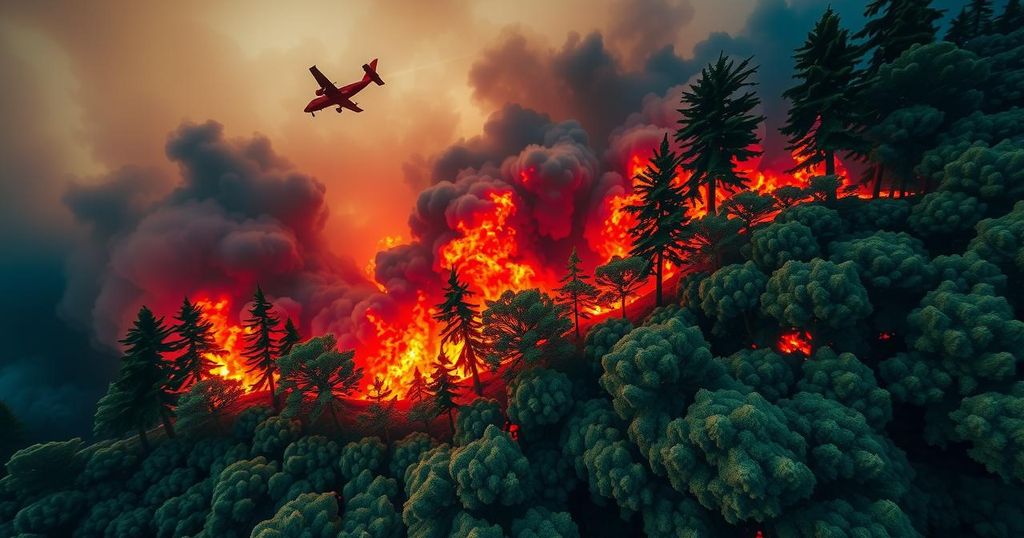Tropical Cyclones: Formation, Patterns, and Forecasting
Tropical cyclones predominantly arise in warm tropical oceans, with about 80 storms formed annually, most of which occur within 20 degrees of the Equator. The Pacific Ocean produces the highest number, while the Atlantic Ocean ranks third. These storms typically peak in the warm season, particularly from late summer to early autumn, influenced by atmospheric circulation and favorable geographic conditions.
Tropical cyclones arise predominantly in tropical oceans, where an annual average of approximately 80 such storms is generated, with around two-thirds classified as severe (category 1 or higher on the Saffir-Simpson scale). The vast majority, nearly 90 percent, develop within 20 degrees latitude north and south of the Equator due to warm sea surface temperatures. Beyond these latitudes, conditions become unsuitable as cooler waters inhibit the formation of these storms. Nearly all but two ocean basins support tropical cyclone activity; neither the Peru Current in the eastern South Pacific nor the Benguela Current in the South Atlantic possesses the requisite warm waters for tropical cyclone development. The Pacific Ocean is the most prolific in generating tropical storms, specifically within the western region where super typhoons are prevalent. The Indian Ocean follows as the next most active area, with the Atlantic Ocean ranking third.
The study of tropical cyclones highlights the significance of temperature and atmospheric conditions in their formation and movement. These storms are predominantly seen during warm seasons, with peak occurrences aligning with seasonal maxima in solar radiation, which peaks in the Northern Hemisphere around June 22 and in the Southern Hemisphere around December 22. Due to this delayed response of ocean temperatures to solar radiation, the highest frequency of tropical cyclones manifests in late summer and early autumn months. Moreover, favorable wind currents and specific geographic features are crucial in the genesis and trajectory of these storms, influenced substantially by earth’s atmospheric circulation patterns.
In summary, tropical cyclones are primarily generated in warm ocean waters within specific latitude ranges, with the Pacific Ocean being the most active region. Their formation is influenced by atmospheric circulation patterns, trade winds, and particular geographic features that facilitate the development of cyclones. Understanding the conditions conducive to their formation, movement, and intensity is essential for forecasting and mitigating the risks associated with these natural phenomena.
Original Source: www.britannica.com




Post Comment